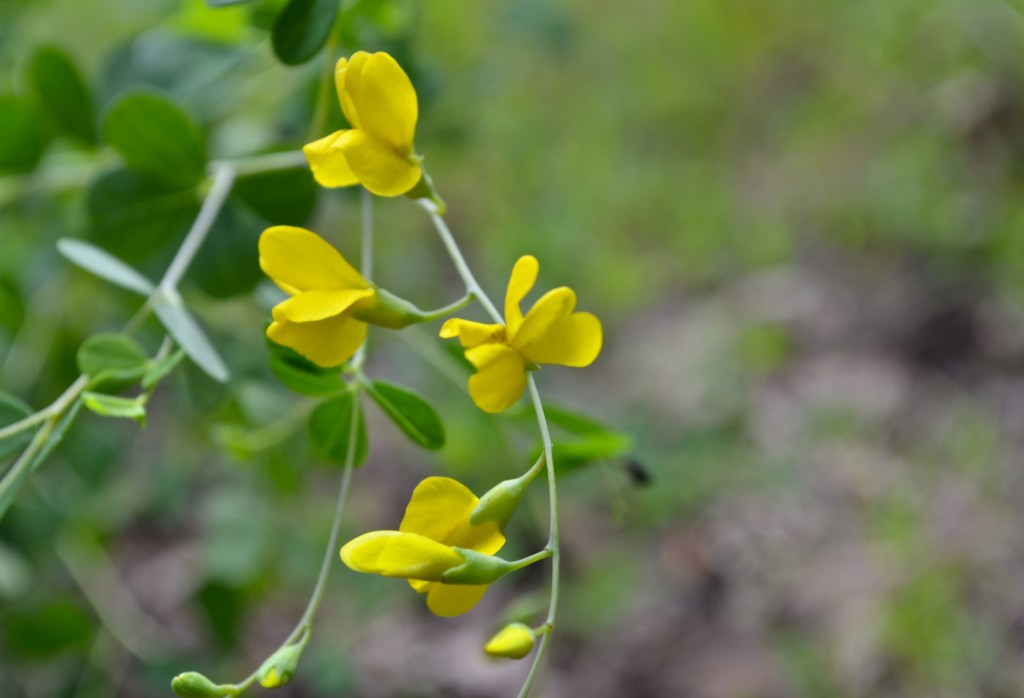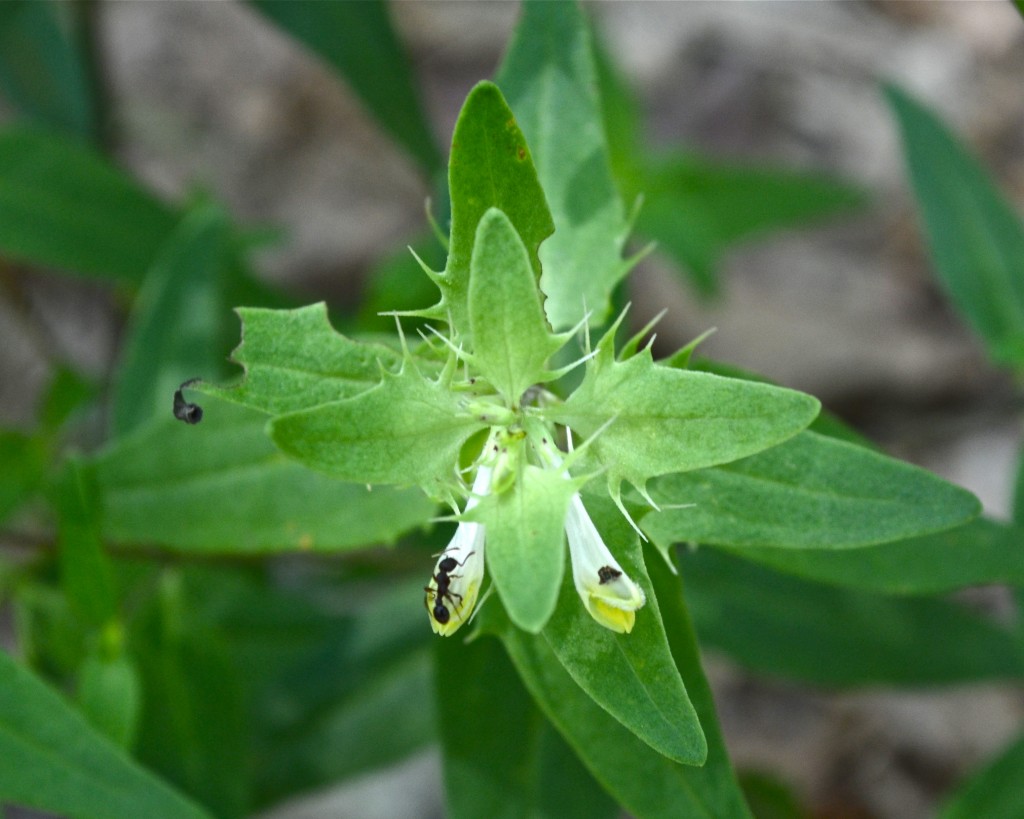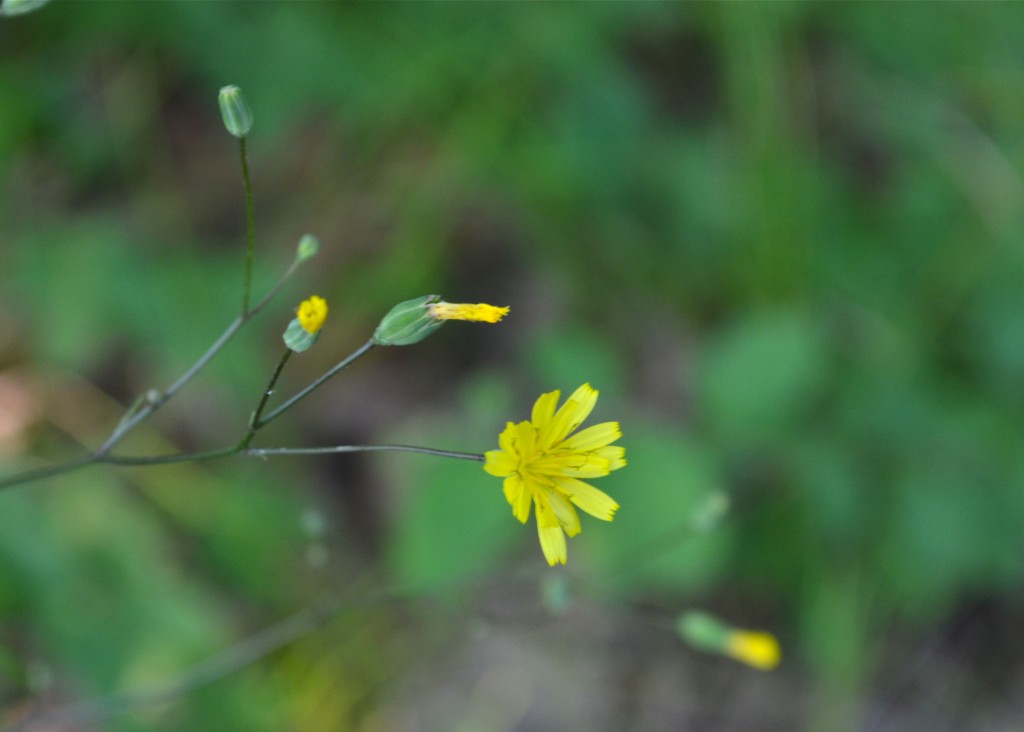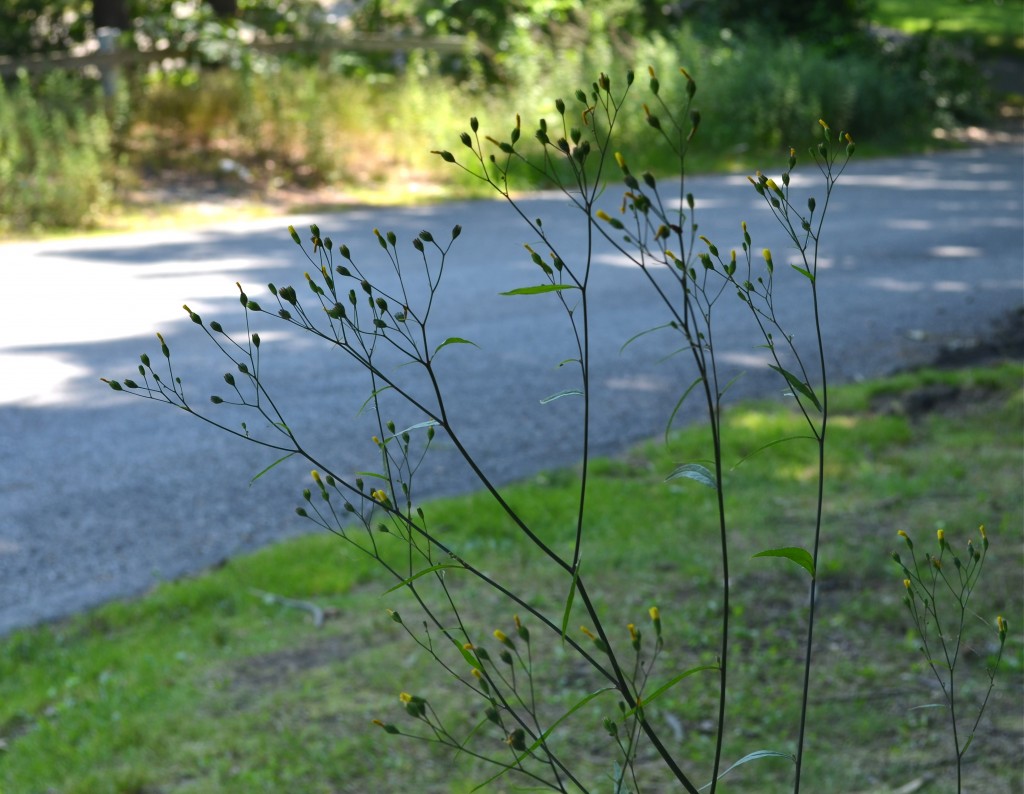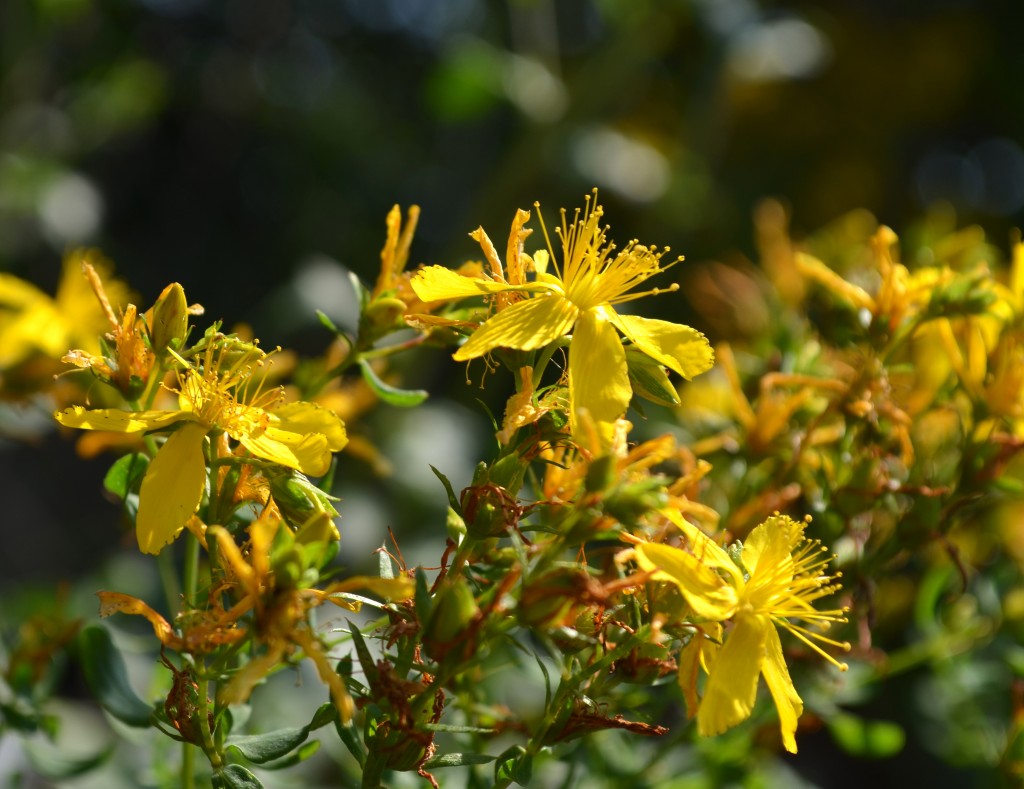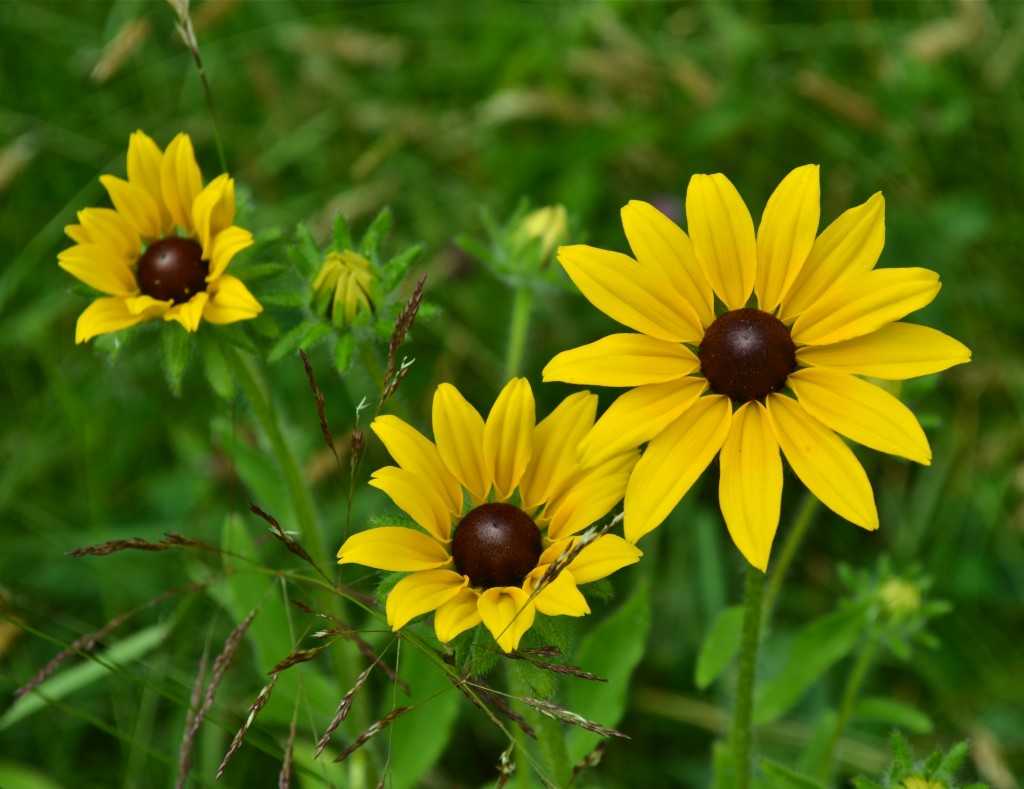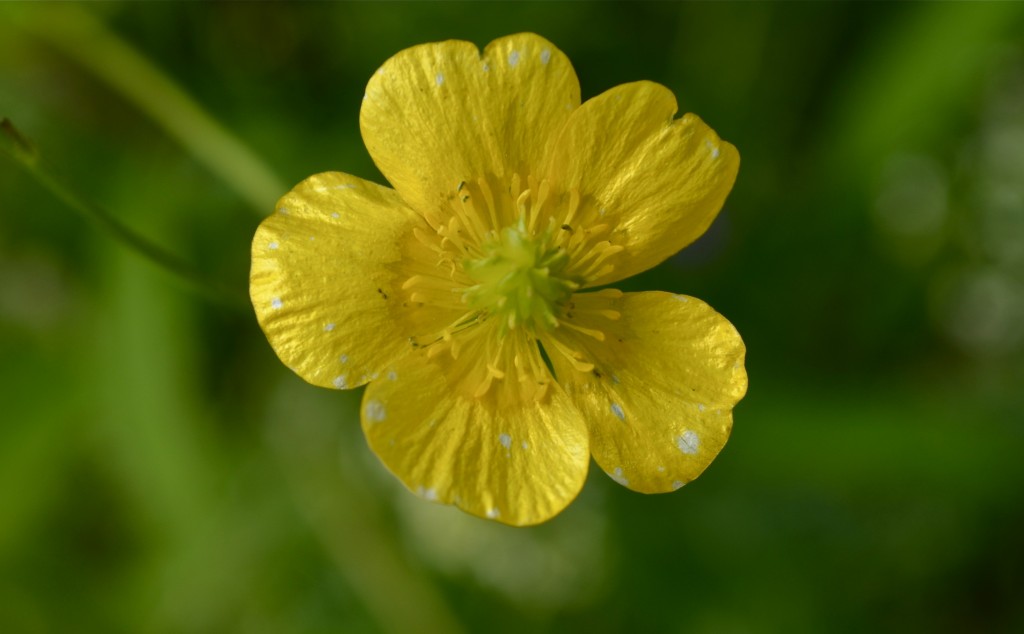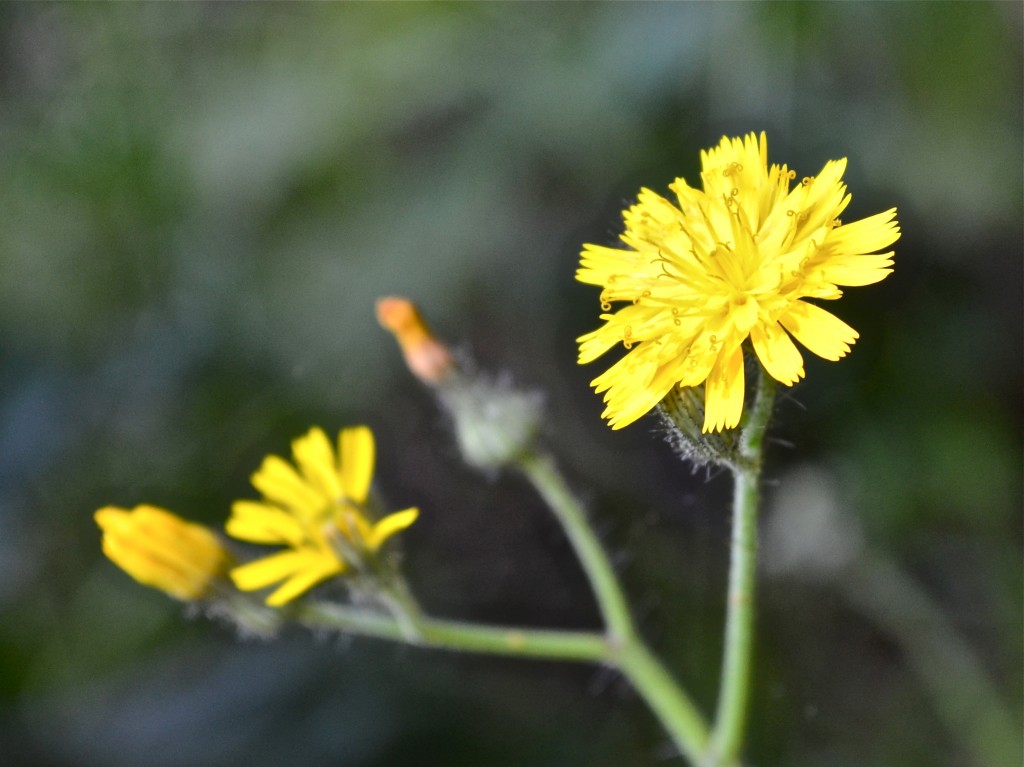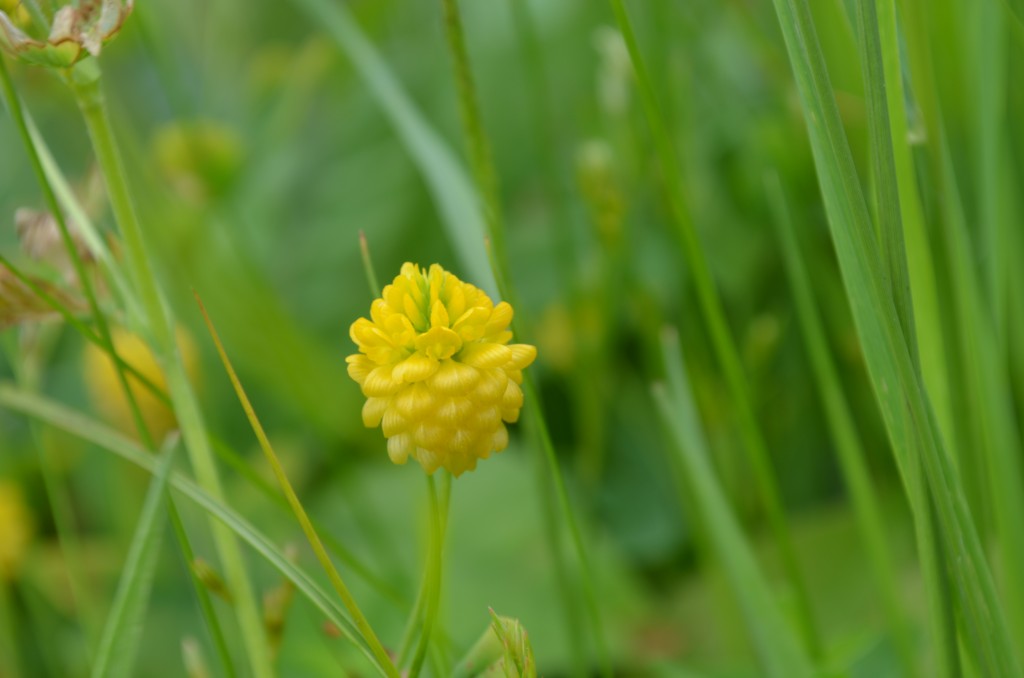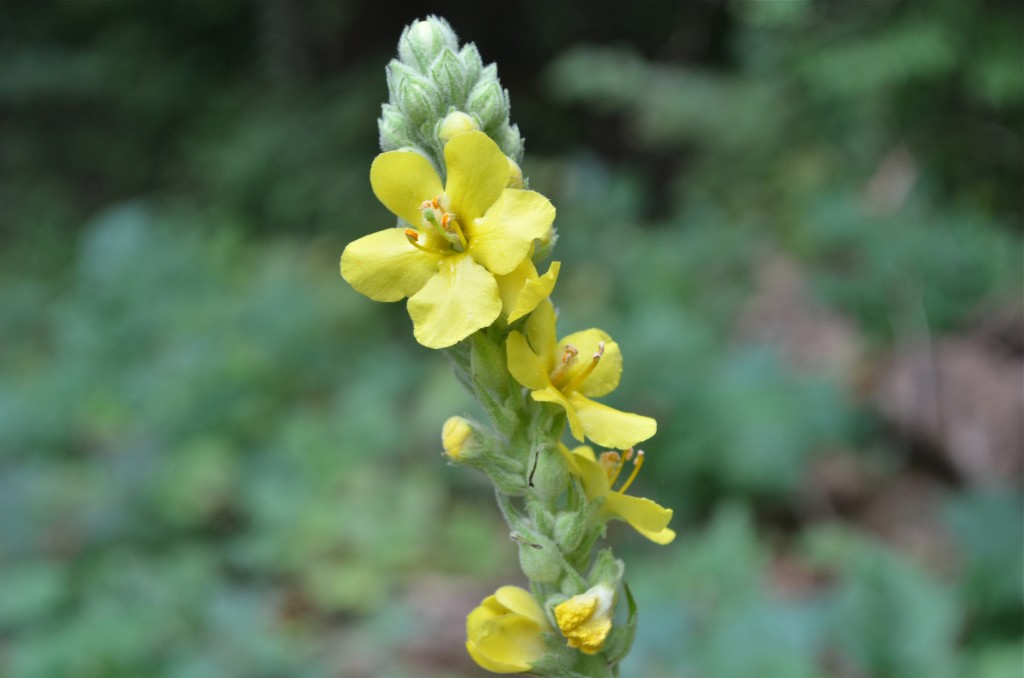

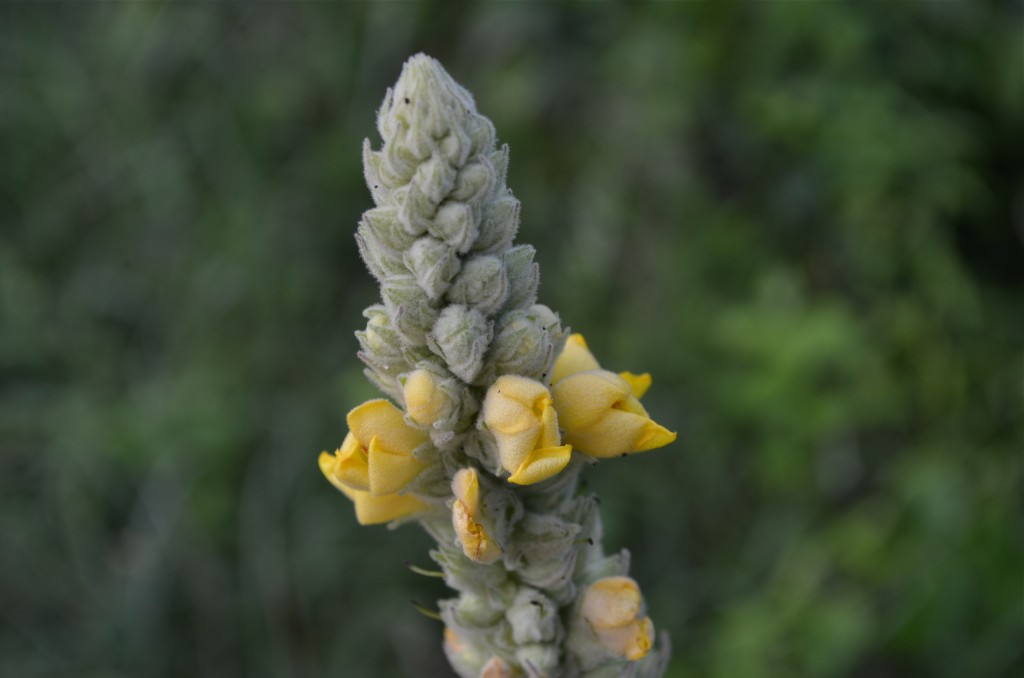
Near a bridge over the Charles in Sherborn. This is one of those really tall vigorous weeds– the flower spikes can reach 10 feet! They live to be 2 years old — the first year they’ll have a rosette of foliage only, and the second year the flower spike will appear, and that’s it. Each plant can make over 100,000 seeds in a year, and the seeds are very hardy and can last for dozens of years… so they can wait in the soil for the right conditions. It’s considered a pioneer plant, meaning when an area has been burned, for instance, this is one of the first plants that will appear. Was introduced to Virginia from Europe. Not many creatures will eat mulleins — mostly insects that also are native to Europe. Some birds eat the seeds. The leaves are soft and furry — hummingbirds line their nests with them!
Update: the new first shot is of an open blossom, shot in my yard in late September.
Common Mullein (Verbascum thapsus)

